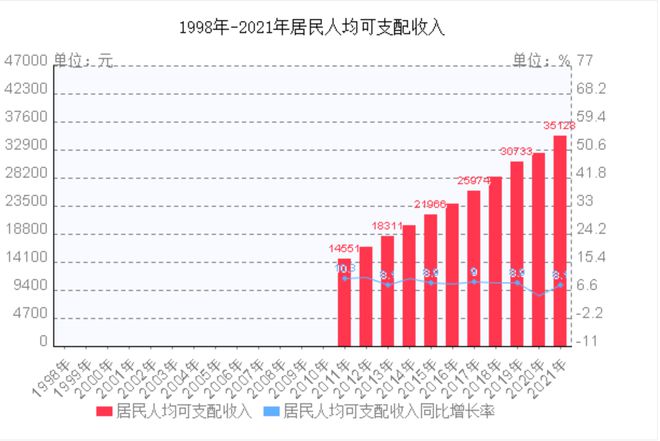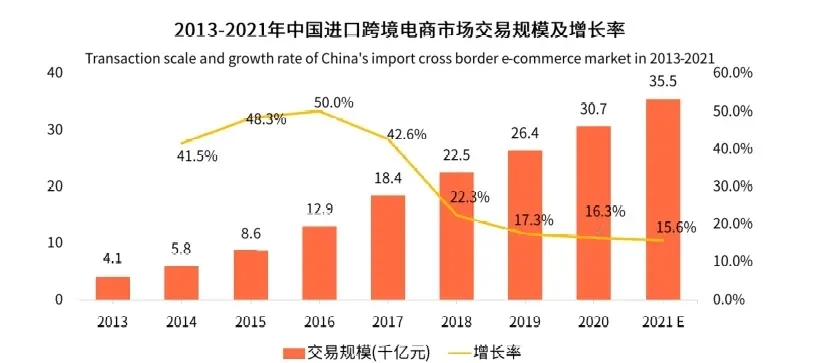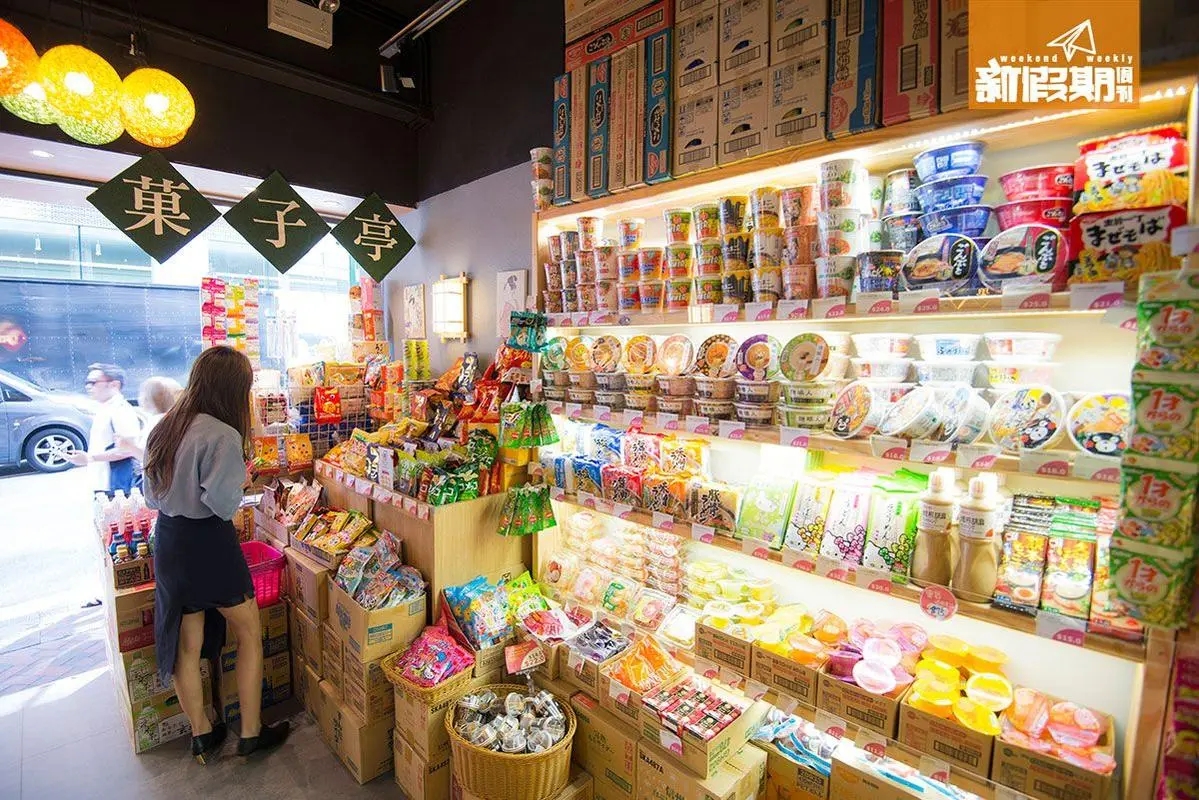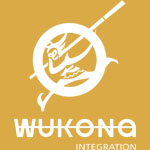With the rapid development of China's economy and the improvement of residents' income and consumption level, imported food has gradually become an important part and essential food for Chinese residents.
The Development Trend of China's Imported Food Consumption
China's resident income has been growing steadily and rapidly. According to the data of residents' income and consumption expenditure in 2021 released by the National Bureau of Statistics, in 2021, the per capita disposable income was 35,128 yuan, a nominal increase of 9.1% over the previous year, and an actual increase of 8.1% after deducting the price factor.

The growth of residents' income has also led to the continuous upgrading of consumption patterns. Consumer psychology and consumption habits have changed. Food consumption habits have gradually changed to a nutritional, healthy, leisure and international high-level consumption.
At the same time, thanks to the development of logistics and the Internet, it has promoted the popularization of more consumption methods, strengthened the consumption capacity which promoted the steady growth of import consumption scale.
From seeking novelty to normal consumption
As China promotes the liberalization and facilitation of global trade, the huge consumption potential of the Chinese market is attracting more and more attention from the world. At the same time, in the context of consumption upgrading, Chinese consumers are increasingly demanding high-quality and cost-effective goods. The global epidemic situation is still serious, but China's imported food market has shown a strong resilience and burst into new vitality.
At present, 57.5% of Chinese consumers spend more than 10% of their total food consumption on imported food, an increase of nearly 5% over the previous year.
Change in the proportion of imported food in the amount of food consumption of residents in China
The favorable factors of China's imported food market are also further released, the import trade environment is constantly improving, and the quality awareness of importers and their confidence in imported food consumption are growing. In 2021, China issued the Administrative Measures for the Safety of Imported Food, the Administrative Provisions on the Registration of Overseas Manufacturers of Imported Food and other regulations, marking the further consolidation of the high-end and high-quality market position of imported food.
Digital development expands the consumption channel of imported food
The upgrading of digital consumption has made it more convenient for consumers to purchase imported food. With the rapid development of the online shopping platform, online consumption has solved the time and geographical constraints of offline consumption. China's digital development also provides online channels with an efficient connection between the supply side and the demand side, speeding up the efficiency of online consumption. At the same time, it also simplifies the complicated supply chain process of traditional import trade, which not only improves efficiency but also reduces intermediate costs, and ultimately benefits the end consumers.

According to the data of iiMedia Research, 74.2% of China's imported food consumers purchase imported food through online e-commerce channels, which gradually dominate the imported food market. In the future, driven by the favorable policies of e-commerce, this trend continues to increase.
The strong resilience of China's economy and the strong shopping demand of Chinese consumers have injected strong confidence into the global economy deeply affected by the epidemic, and actively deployed the Chinese online market. It is also an important export for overseas food retailers and brands to recover losses and seek growth.
At the mean time, snack stores have been developing fast in urban areas where young consumers live and shop near by, who are always willing to try new and tasty small packaged snacks. These snack shops usually have themes, some more focus on nostalgia snacks from the 80s and 90s, some are chain stores of small package supermarket that most require weighting at cashier. Another popular kind is all imported ones, with reasonable price compare to local brands of similar kind but exotic and fresh tastes, high-end and reachable at once.

For overseas food retailers, accurate demographic factor analysis, social environment and culture analysis, and accurate marketing strategy analysis are very important. With the support of accurate operation strategy, communication is also one of the key links in the development of food retail in e-commerce.
Contact us to find out more.










